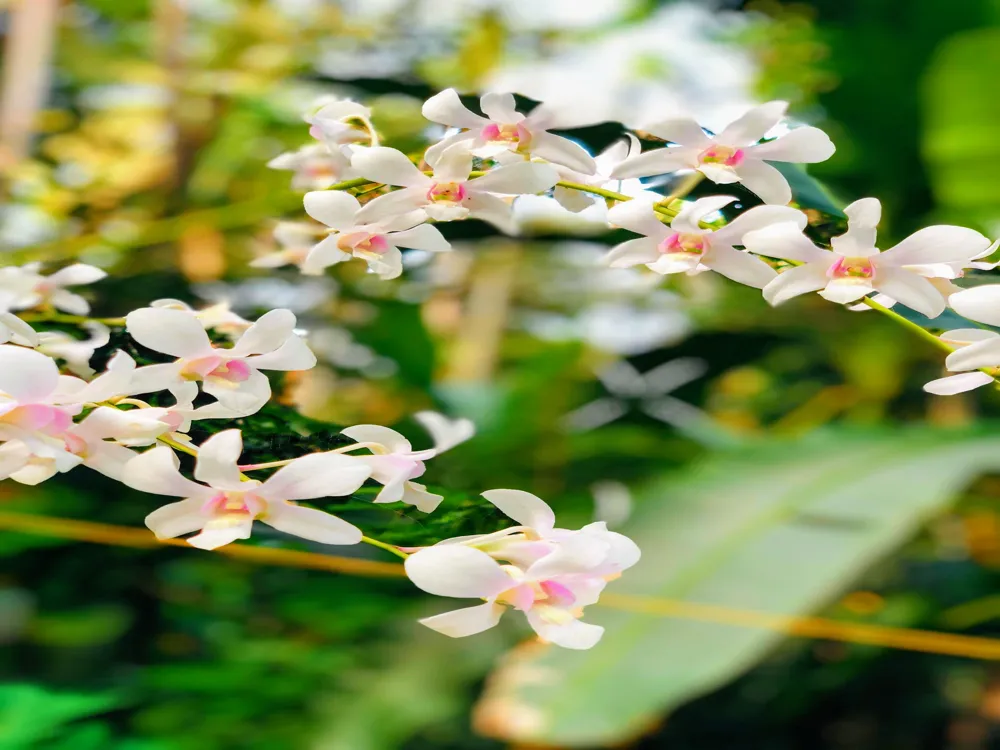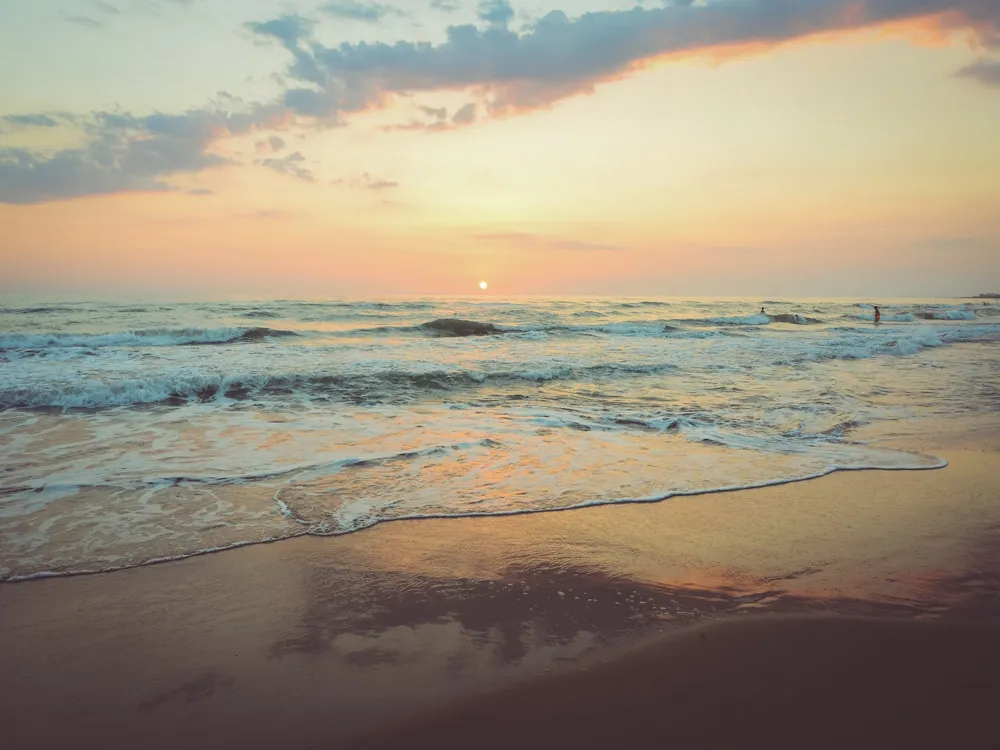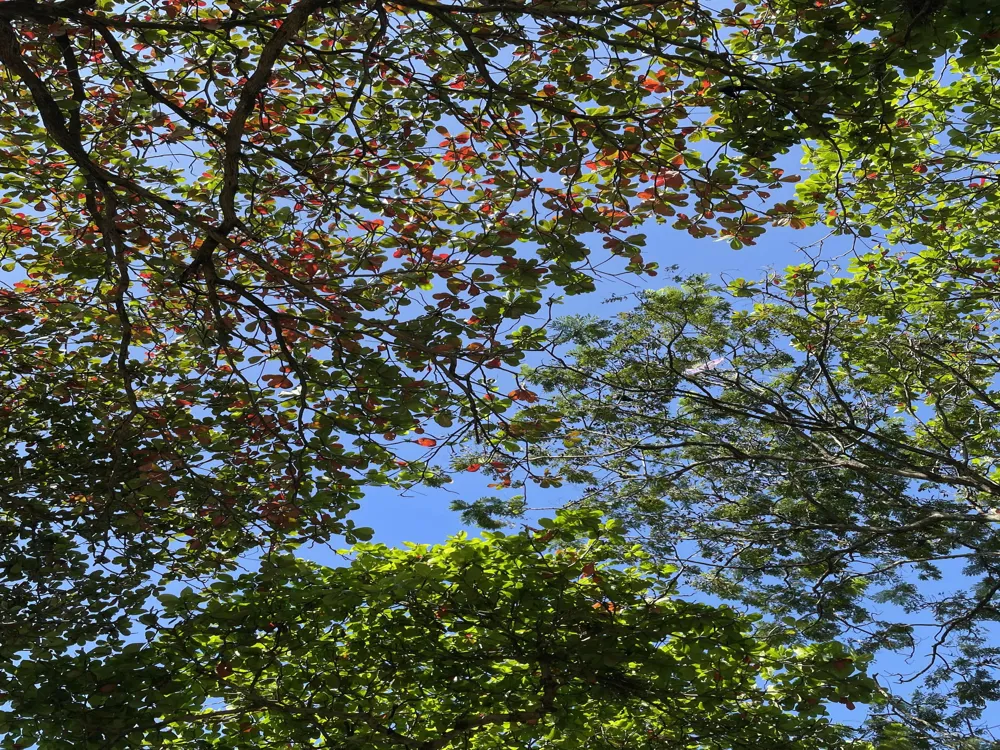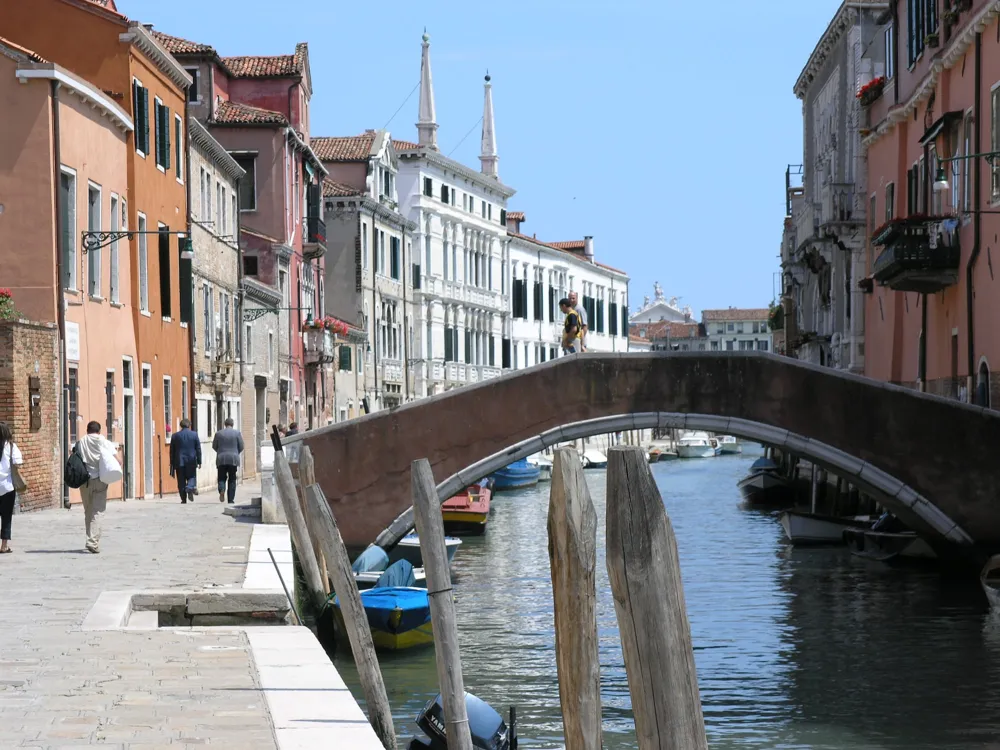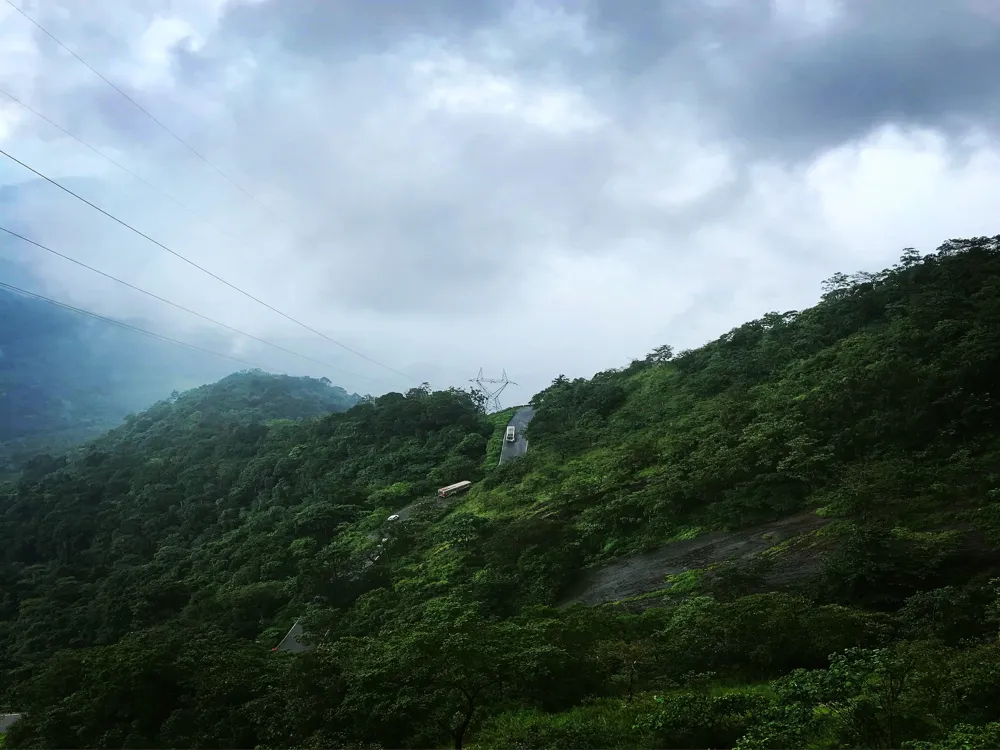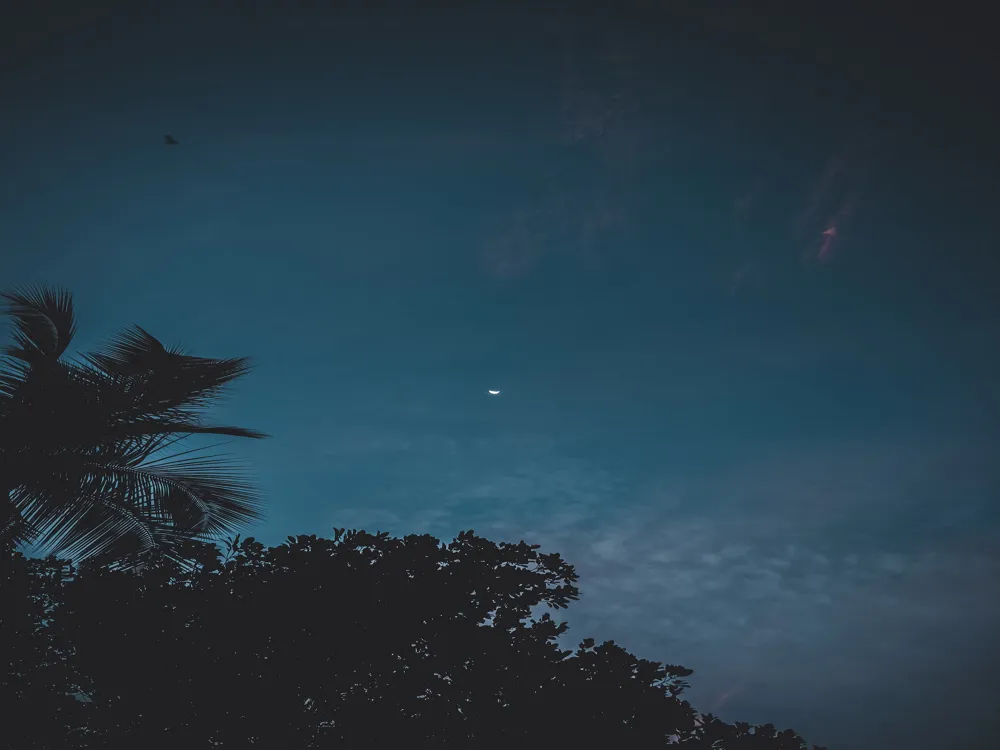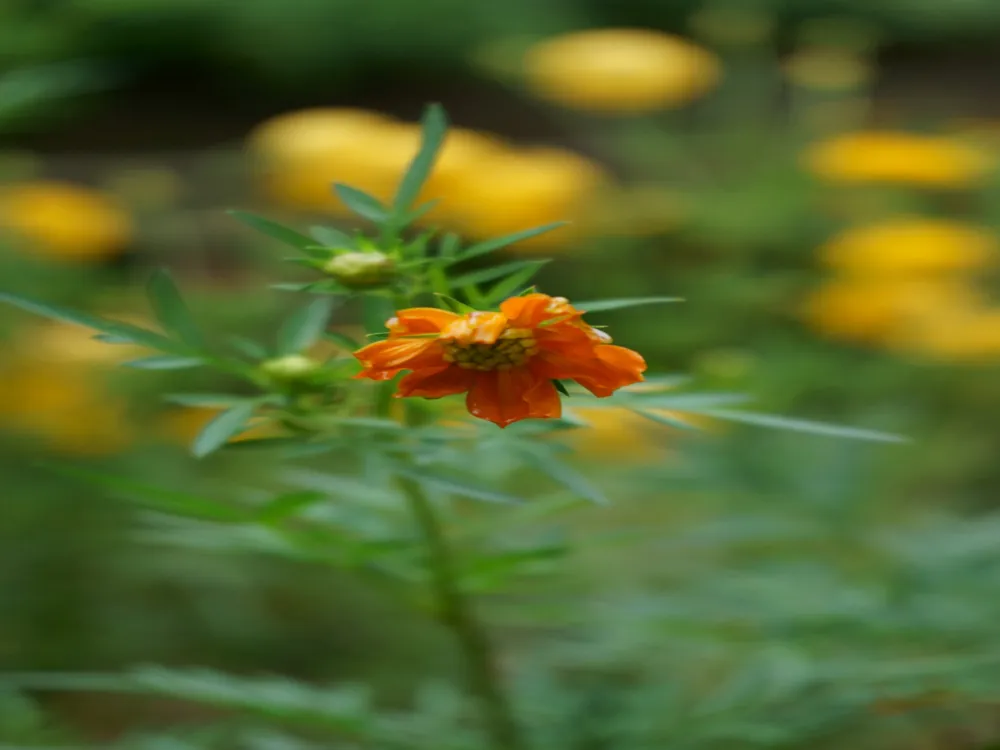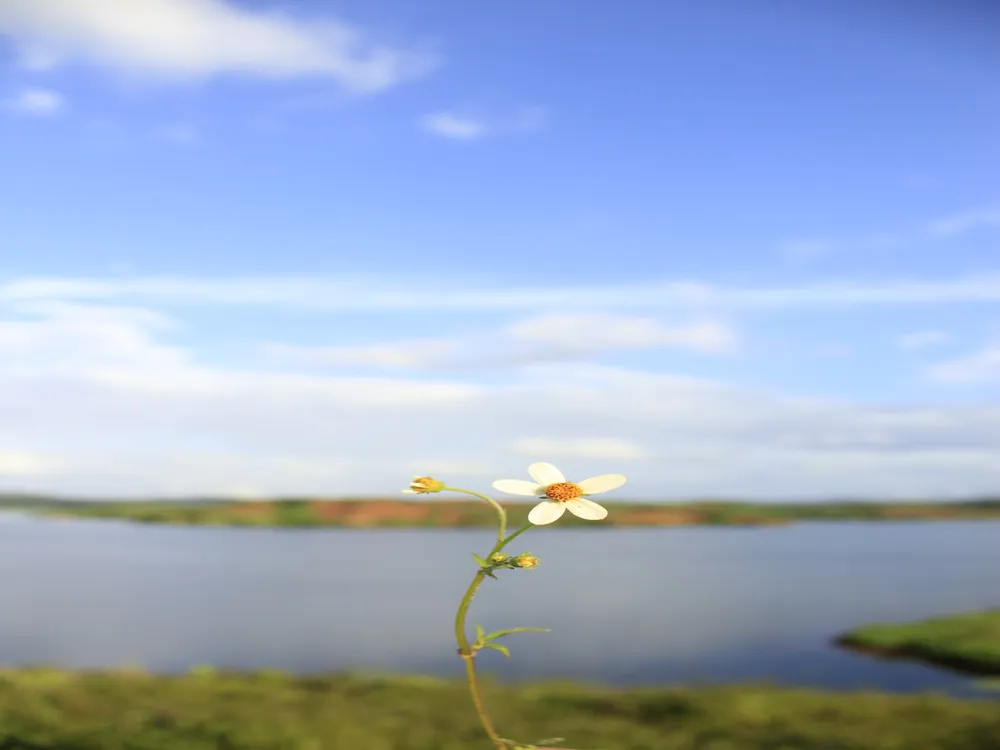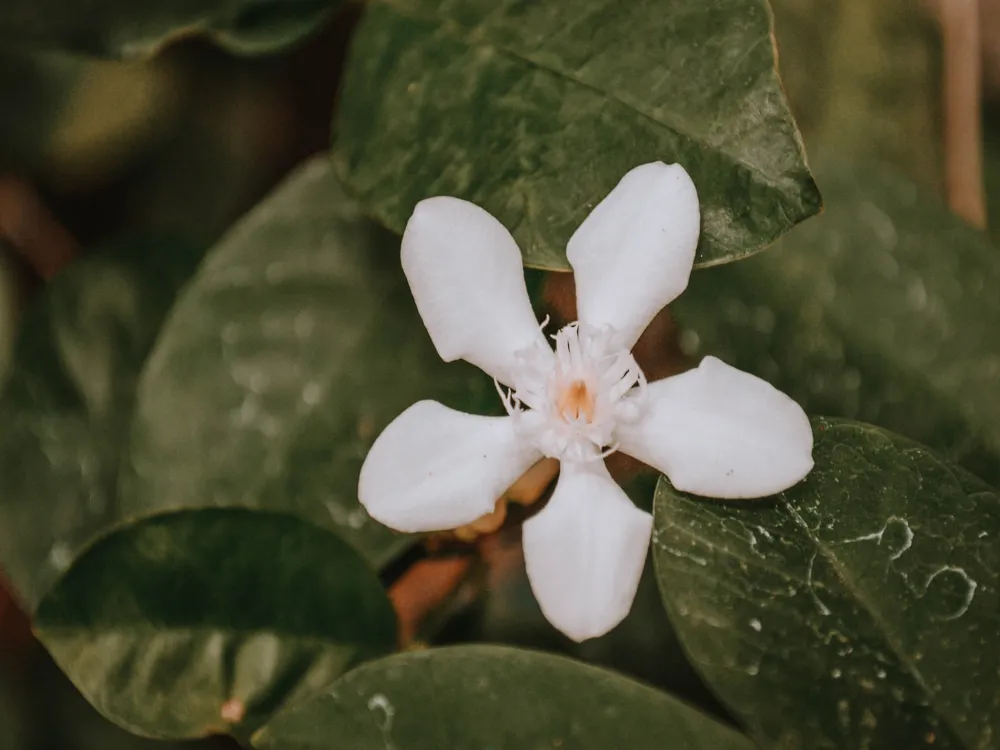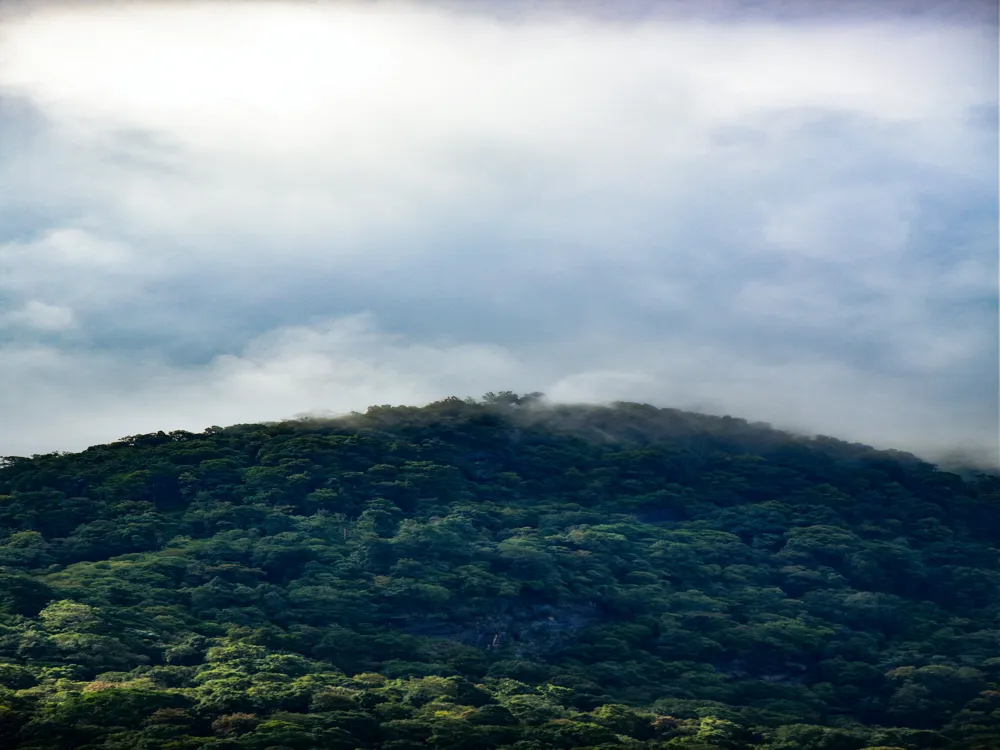Kappad Beach, often known as Kappakadavu, is a historically significant shoreline in Kozhikode, Kerala, India. It's not just a beach; it's a testament to history. This beautiful beach is where the Portuguese explorer Vasco Da Gama landed on May 20, 1498, marking a significant milestone in the history of exploration. Kappad Beach is an amalgamation of cultural heritage and natural splendor, nestled along the Malabar Coast. Its golden sands, lined with swaying coconut trees and kissed by the pristine waters of the Arabian Sea, paint a picture of tranquility and beauty. As you stroll along Kappad Beach, you're not just walking on sand; you're treading on the pages of history. This beach has been a silent witness to the changes that have shaped the course of India's history. Its geographical location made it a key port in the spice trade routes, attracting traders from across the world. Today, Kappad Beach isn't just a tourist spot; it's a symbol of India's rich past, an emblem of exploration, and a serene getaway for those looking to escape the hustle and bustle of city life. The architecture surrounding Kappad Beach is a fusion of various cultures and historical eras. Close to the beach stands an 800-year-old temple, which is believed to have been built by the Chera dynasty. This ancient temple, dedicated to the Hindu god Shiva, showcases the traditional Kerala architectural style known as the Nalukettu. The temple's intricate carvings and detailed woodwork are a testament to the craftsmanship of the era. The juxtaposition of this ancient temple against the backdrop of the Arabian Sea creates a mesmerizing sight, where history meets natural beauty. Besides the temple, the remnants of the Portuguese influence are evident in some of the structures near the beach. These buildings exhibit a blend of European and traditional Kerala architectural styles. The use of laterite stones, steeply pitched roofs, and large verandas are characteristic of these structures, providing insight into the architectural trends during the period of European colonization. This mix of styles speaks volumes about the cultural and historical interactions that have taken place over the centuries at Kappad Beach. The ideal time to visit Kappad Beach is from October to March. During these months, the weather is pleasant, with minimal rainfall, making it perfect for beach activities and sightseeing. Don't miss trying the local cuisine, especially the seafood delicacies. Kerala's famous for its unique blend of spices and coconut-based dishes, offering a culinary experience like no other. Kerala can get quite humid. Always carry a bottle of water to stay hydrated, especially when you're out in the sun exploring the beach and nearby attractions. Kappad Beach is easily accessible from Kozhikode city. The nearest airport is Calicut International Airport, about 45 km away. From the airport, you can hire a taxi or take a bus to reach the beach. If you're traveling by train, Kozhikode Railway Station is the nearest railhead, located approximately 16 km from the beach. From the railway station, local buses, autos, and taxis are available to take you to Kappad Beach. For those driving, the beach is well-connected by road and can be reached via the NH 66 highway. Read More:Overview of Kappad Beach, Kozhikode, Kerala
Architecture of Kappad Beach
Tips When Visiting Kappad Beach
Best Time to Visit
Local Cuisine
Stay Hydrated
How To Reach Kappad Beach
Kappad Beach
Kozhikode
Kerala
₹ 16,000 onwards
View kozhikode Packages
Weather :
Tags : Beach
Timings : 6:00 AM - 10:00 PM
Time Required : 1-2 hrs
Entry Fee : No entry fee
Planning a Trip? Ask Your Question
Kozhikode Travel Packages
View All Packages For Kozhikode
Top Hotel Collections for Kozhikode

Private Pool

Luxury Hotels

5-Star Hotels

Pet Friendly
Top Hotels Near Kozhikode
Other Top Ranking Places In Kozhikode
View All Places To Visit In kozhikode
View kozhikode Packages
Weather :
Tags : Beach
Timings : 6:00 AM - 10:00 PM
Time Required : 1-2 hrs
Entry Fee : No entry fee
Planning a Trip? Ask Your Question
Kozhikode Travel Packages
View All Packages For Kozhikode
Top Hotel Collections for Kozhikode

Private Pool

Luxury Hotels

5-Star Hotels

Pet Friendly









